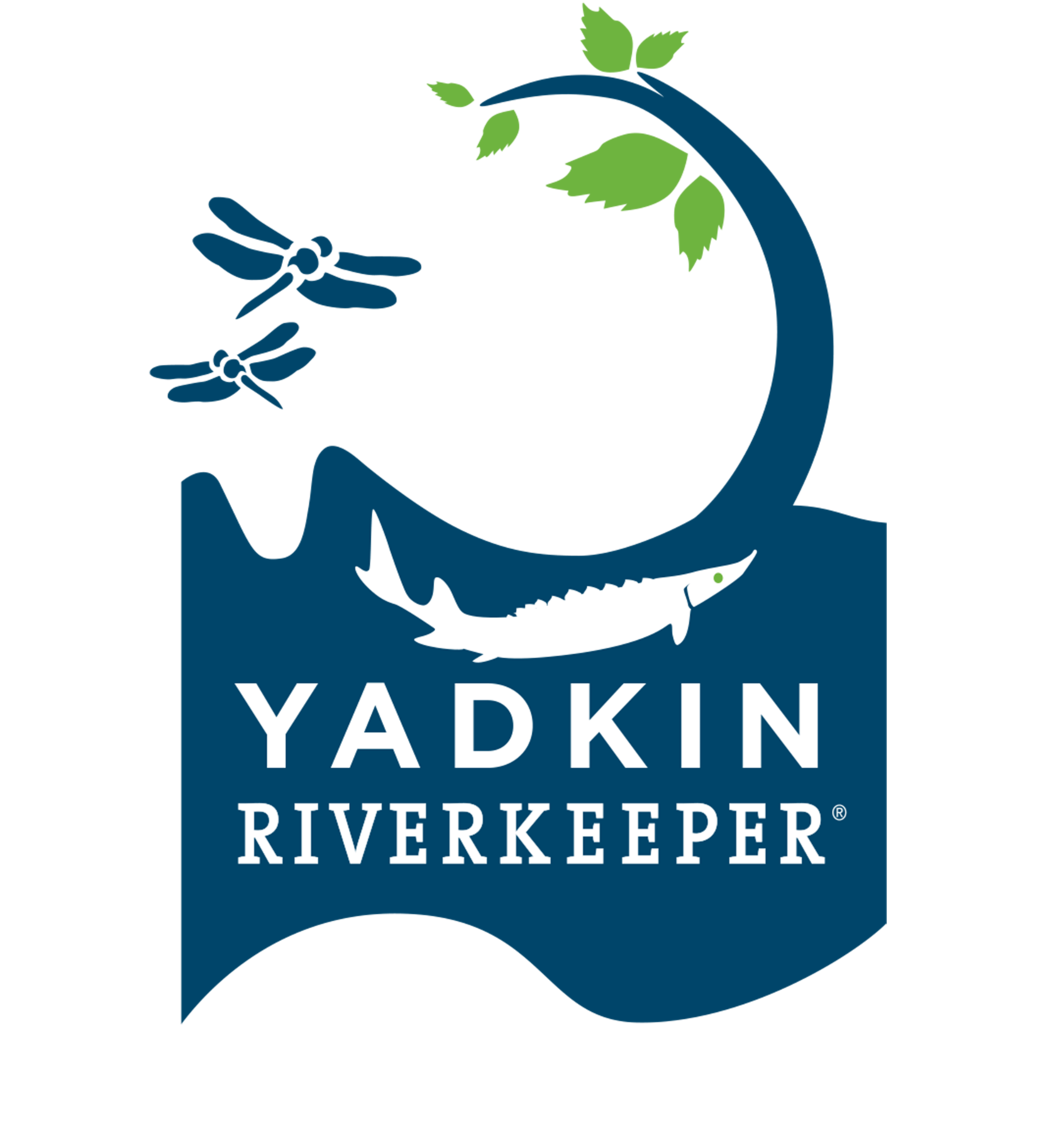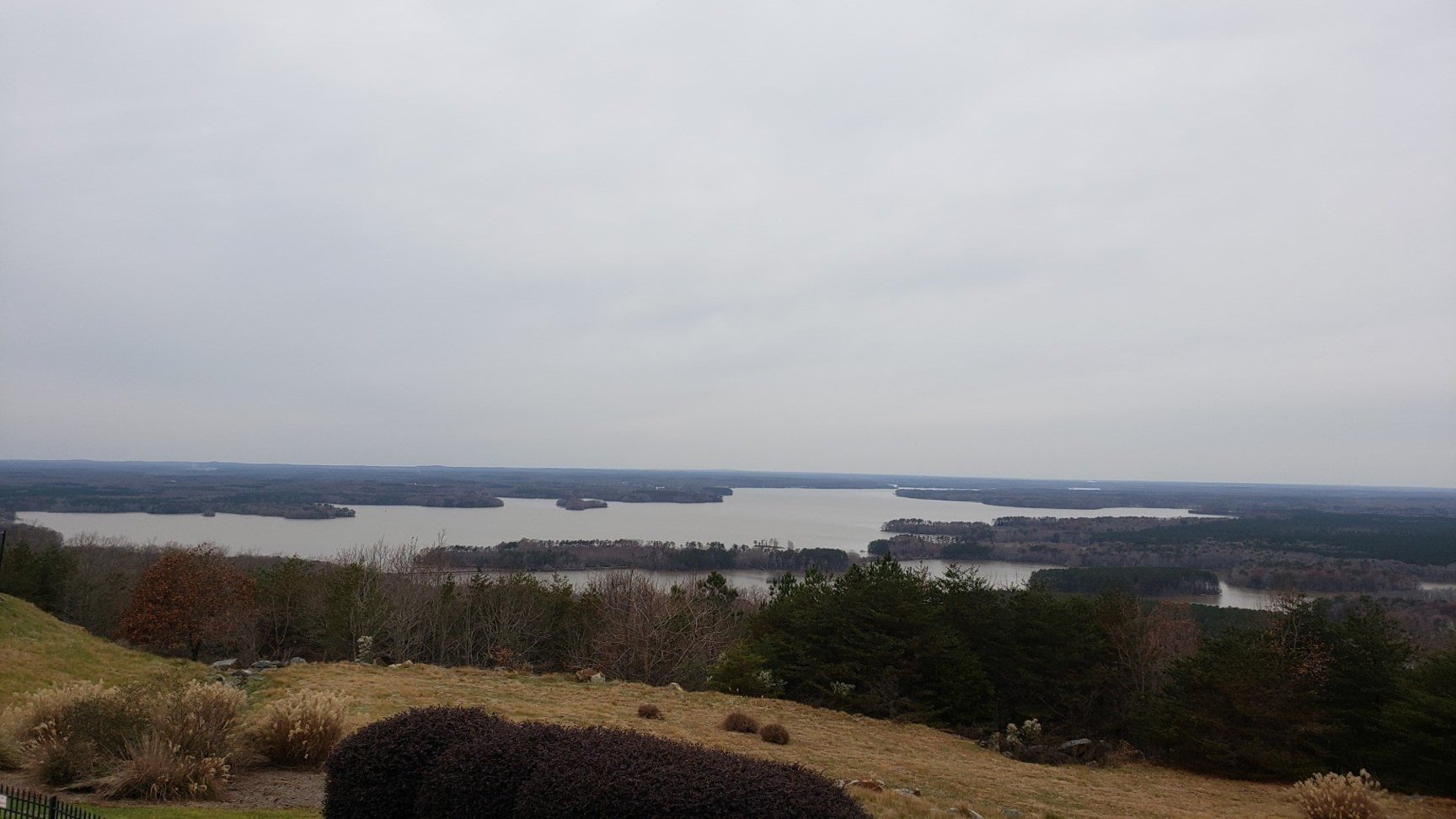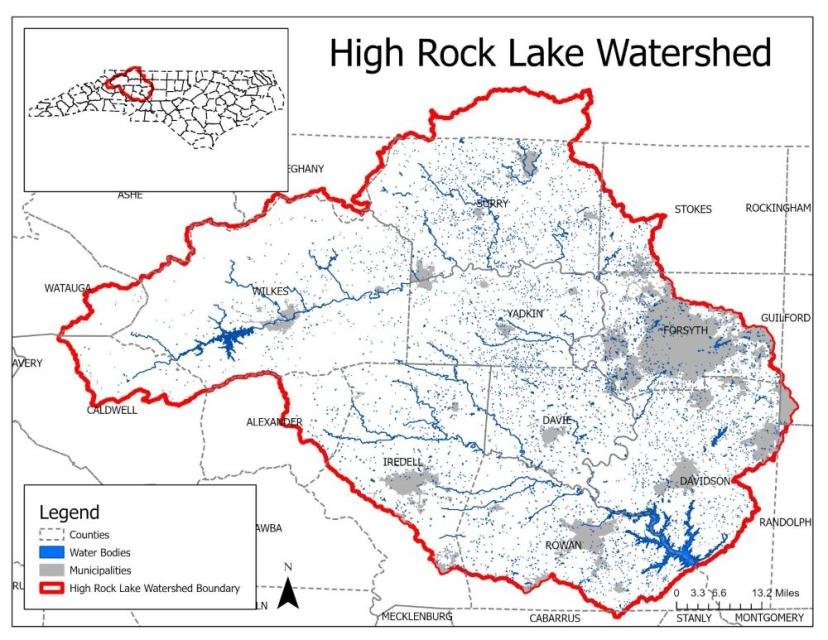Edgar Miller, Riverkeeper and Executive Director
The NC Department of Environmental Quality will hold a public meeting on the development of new regulations to reduce nutrient and sediment pollution going into High Rock Lake. The meeting will be held on May 31 from 2-5 PM at the Salisbury Civic Center, 315 Martin Luther King, Jr. Ave. S, Salisbury, NC 28144. The meeting will include presentations by officials from the NC Division of Water Resources and members of the High Rock Lake Stakeholders Steering Committee and Technical Advisory Groups or “TAGs.” Yadkin Riverkeeper is a member of the Stakeholders Steering Committee and is represented on the Agriculture, Stormwater and Buffer TAGs.
Anyone who values clean water and uses High Rock Lake for boating, fishing, swimming, or other water-based recreational activities should attend this meeting. The US Environmental Protection Agency considers HRL to be polluted for turbidity (sediments), pH and chlorophyll-a. To address these concerns, in 2022 the NC Environmental Management Commission (EMC) established a new, site-specific standard for chlorophyll-a of 35 micrograms/liter, compared to the existing 40 micrograms/L, as a new baseline for reducing chlorophyll-a. Chl-a is an indicator of nutrient pollution (phosphorus and nitrogen) and the potential for harmful algal blooms or “HABs” that can be toxic to humans, pets and wildlife. A HAB outbreak in HRL in 2019 resulted in swim advisory warnings for the Lake being issued by both Davidson and Rowan Counties’ Health Departments.
Major sources of nutrients are wastewater treatment plants, agricultural runoff, municipal stormwater and sediments from land clearing and development activities. Everyone contributes to the problem and everyone needs to be part of the solution. Municipal wastewater treatment operators throughout the HRL watershed will be required to invest hundreds of millions of dollars to comply with the new standards. They are already making progress having reduced phosphorus levels by 20% since 2016, despite a six percent increase in wastewater flow. Other sectors (agriculture/forestry, developers and municipal stormwater programs) will also be asked to make reductions in the amount of sediment and nutrients they add to the Yadkin and HRL.
There is still time to put measures in place to protect the Yadkin and HRL, and by extension the other Yadkin Lakes, with the development of an effective nutrient management plan. Key issues include reduction targets for phosphorus and nitrogen, implementation of waste management requirements for large scale animal feeding operations, river and stream buffer requirements and increased stormwater control measures.
As a member of the HRL Stakeholders Steering Committee, YRK is committed to supporting a fair and equitable process to achieve significant nutrient and sediment reductions that will ensure future generations will be able to drink and use HRL recreational purposes. While not reaching any conclusions at this point about the process and where things stand, YRK supports:
Establishing a buffer of 200’ on both sides of the main stem of the Yadkin and 100’ on both sides of tributary streams. Due to the topography of the River banks, YRK recommends the buffer extend vertically to the top of the banks/ridge lines adjacent to the River.
Increasing oversight and enforcement of existing dry litter poultry requirements to ensure proper litter storage and application to reduce nutrient runoff. Fields with high levels of phosphorus should be assessed periodically to prevent over application of litter. Nearly half of the 290 million chickens produce in the Yadkin Pee Dee watershed are above HRL.
Fencing cattle out of the Yadkin and perennial streams where feasible.
Limiting development and agricultural feedlots in floodplains, wetlands and river/stream buffers to improve water quality and flooding resiliency.
Expanding investments in stormwater control measures to limit erosion and sedimentation from existing and new developments.
Placing phosphorus and nitrogen limits on municipal wastewater treatment plants to reduce nutrients entering the river.
Please consider attending the HRL Stakeholders Meeting on May 31 in Salisbury. For more information click here.



